Growth in Construction Activities
The construction industry is undergoing a transformation, with a marked increase in infrastructure projects worldwide. This growth is fostering a heightened demand for anti-vibration polymers, which are essential in mitigating vibrations in buildings and structures. The Anti-Vibration Polymer Market is expected to benefit from this trend, as these materials are utilized in applications ranging from flooring systems to machinery mounts. The Anti-Vibration Polymer is projected to reach trillions in value by 2025, indicating a robust opportunity for anti-vibration polymer manufacturers. As urbanization accelerates, the need for durable and effective vibration control solutions in construction will likely drive further adoption of these polymers.
Rising Demand in Automotive Sector
The automotive sector is experiencing a notable increase in the adoption of anti-vibration polymers, driven by the need for enhanced vehicle performance and comfort. As manufacturers strive to meet stringent noise, vibration, and harshness (NVH) regulations, the Anti-Vibration Polymer Market is witnessing a surge in demand. In 2025, the automotive segment is projected to account for a substantial share of the market, reflecting a shift towards lightweight materials that improve fuel efficiency. The integration of anti-vibration polymers in various automotive components, such as engine mounts and suspension systems, is likely to enhance overall vehicle durability and passenger comfort, thereby propelling market growth.
Technological Innovations in Material Science
Advancements in material science are playing a pivotal role in shaping the Anti-Vibration Polymer Market. Innovations such as the development of new polymer blends and composites are enhancing the performance characteristics of anti-vibration materials. These technological breakthroughs are enabling manufacturers to produce polymers with superior damping properties, thermal stability, and longevity. As industries increasingly seek high-performance materials to address specific vibration challenges, the demand for advanced anti-vibration polymers is expected to rise. The market is likely to witness a shift towards more sophisticated solutions that cater to diverse applications, thereby expanding the overall market landscape.
Expansion of Aerospace and Defense Applications
The aerospace and defense sectors are expanding, creating new opportunities for the Anti-Vibration Polymer Market. These industries require materials that can withstand extreme conditions while effectively managing vibrations. Anti-vibration polymers are increasingly being utilized in aircraft components, military vehicles, and defense equipment to enhance performance and reliability. The aerospace market is projected to grow significantly, with investments in new aircraft and technologies. This growth is likely to drive demand for advanced anti-vibration solutions that meet the rigorous standards of the aerospace and defense industries, thereby contributing to the overall expansion of the market.
Increased Awareness of Health and Safety Standards
There is a growing awareness regarding health and safety standards across various industries, which is influencing the Anti-Vibration Polymer Market. Companies are increasingly recognizing the importance of reducing vibrations to protect worker health and enhance operational efficiency. This trend is particularly evident in sectors such as manufacturing and construction, where excessive vibrations can lead to equipment damage and worker fatigue. As regulatory bodies implement stricter guidelines, the demand for anti-vibration solutions is likely to increase. The market is expected to see a rise in the adoption of anti-vibration polymers as organizations strive to comply with safety regulations and improve workplace conditions.


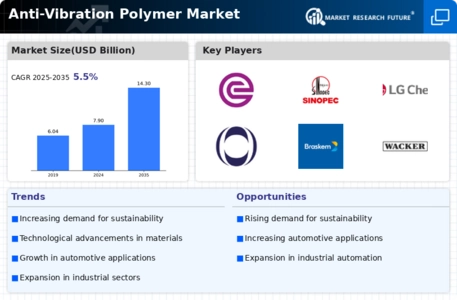
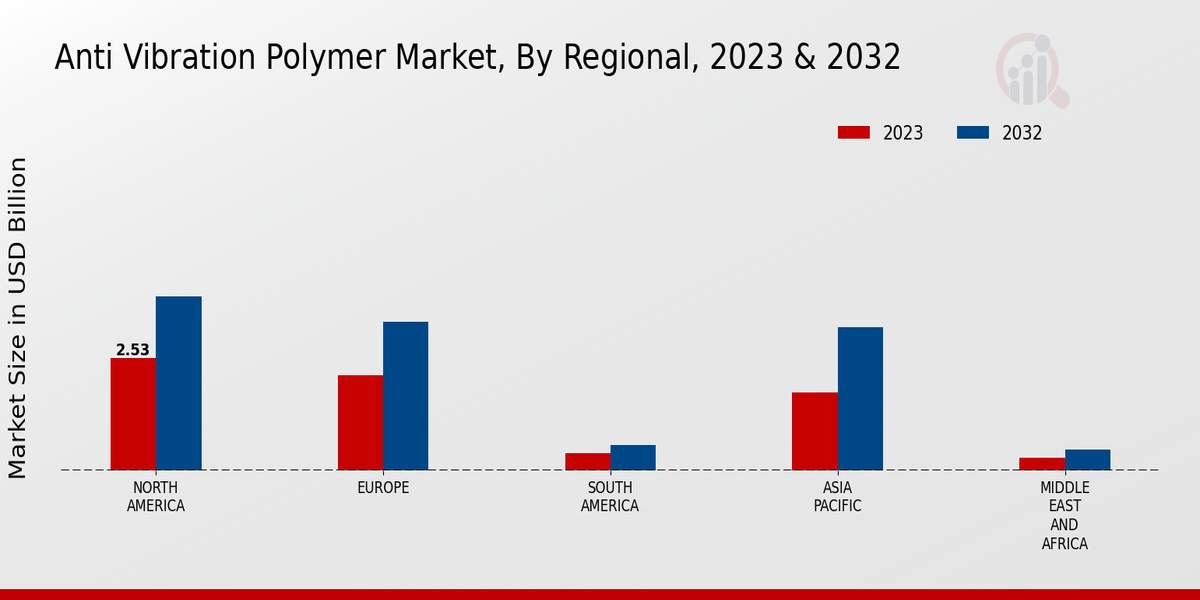
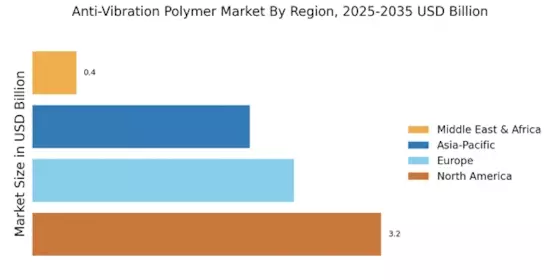




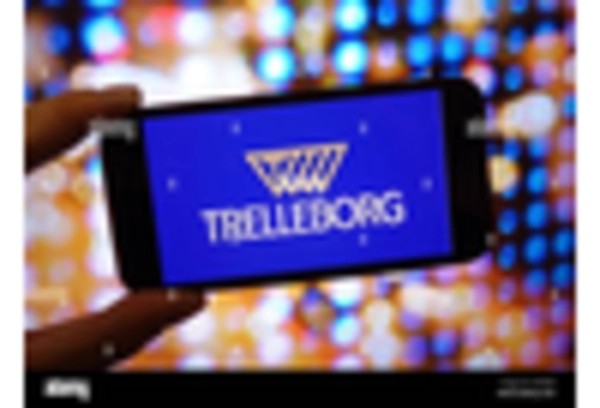
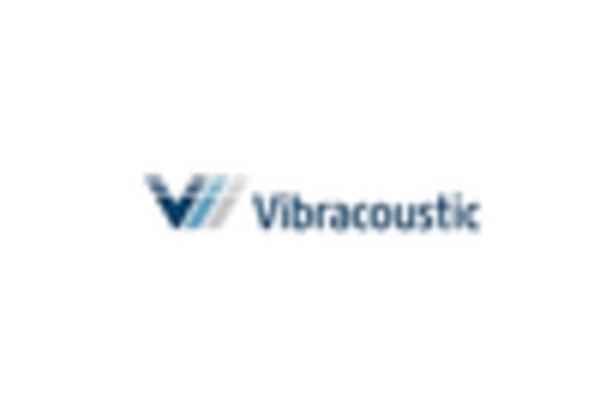








Leave a Comment